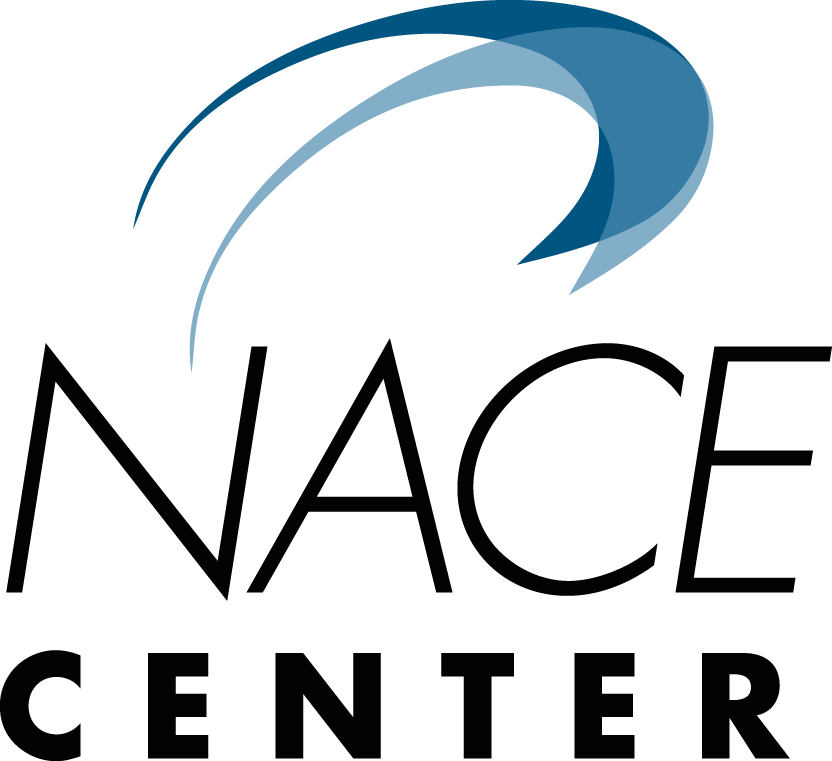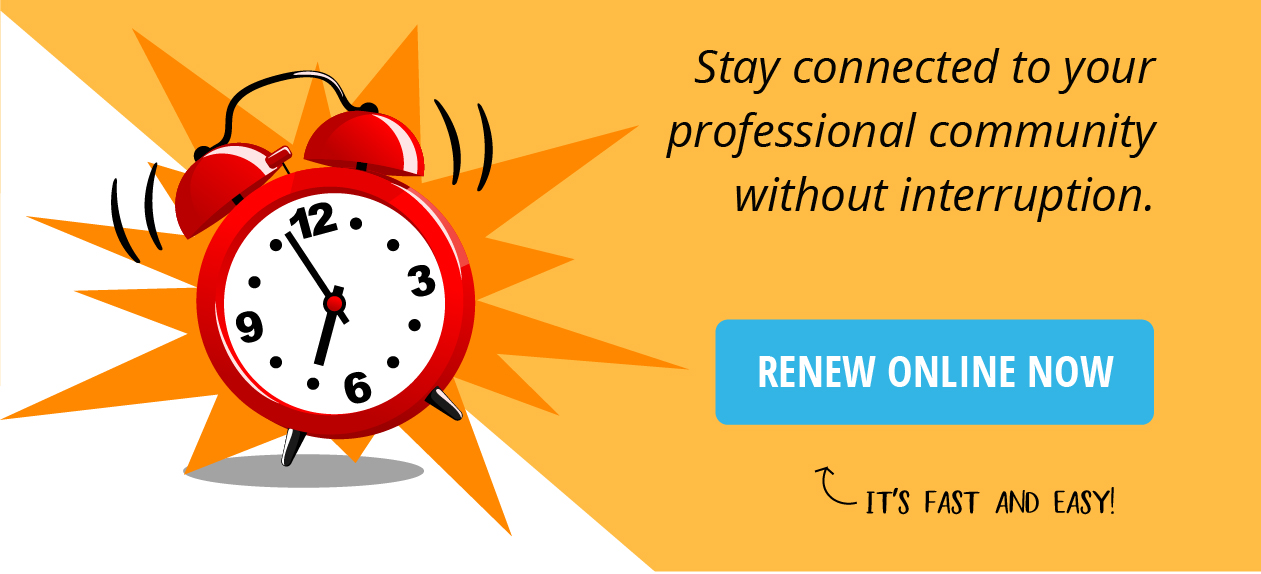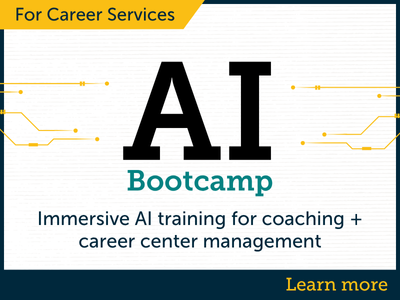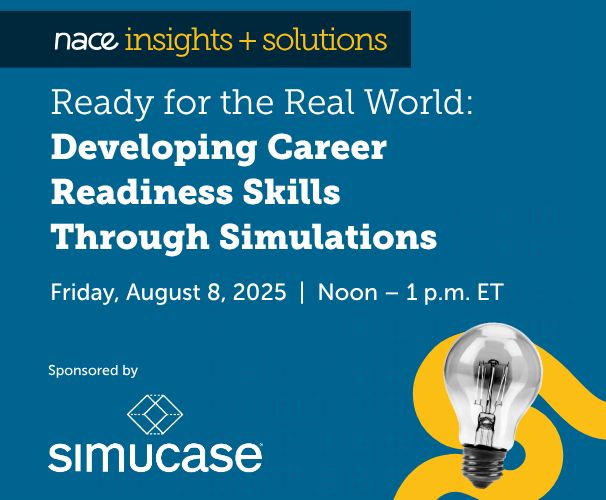NACE Journal / Spring 2025
I’ve heard countless variations of, “Oh, we didn’t know the career center does all these things!” The career center is often seen as a place that offers help with resumes or runs career fairs, but the reality is that our work extends far beyond that. The main challenge—both at our institution and others I’m familiar with—is connecting the dots: integrating data to paint a complete picture of our impact.
Career services uses multiple databases and vendor platforms to link students with job opportunities and career development resources. These systems often function in silos, making it difficult to capture the full scope of what we do. For instance, data from career fairs is typically stored separately from that of job postings, internships, and more, leading to limited integration and gaps in demonstrating our outcomes.
As the new associate director of employer relations at the University of South Carolina (USC) Career Center, I developed two tools to bridge this gap—helping us convey our impact and refine employer outreach strategies through interactive, visually compelling, and data-driven narratives.
By leveraging digital dashboards, dynamic storytelling tools, and integrated data visualization platforms, we can transform complex datasets into clear, actionable insights that not only showcase our impact but also drive strategic improvements in the way we connect students with opportunities.
Interactive Storytelling
Using a digital storytelling platform to integrate text, visuals, and real-world examples, I crafted a compelling and interactive narrative about the scope of our work, showcasing the impact of the USC Career Center on students and the broader community. Since I serve on the employer relations team, I focused our story on illustrating employer collaboration with our office—highlighting the value of these partnerships and encouraging more employers to engage with us.
Anyone scrolling through gains a clear, immersive glimpse into the work of our career center. The data are presented in a more digestible and engaging format, complemented by a variety of dynamic elements, including videos, photos, charts, graphs, maps, and text. These interactive tools allow stakeholders to see the bigger picture—moving beyond static numbers on a page to truly understand our impact.
Using a Dashboard for Complex Data
I also developed an interactive dashboard that transforms complex data into a compelling narrative. This system consolidates information from career fairs, employer engagements, and student applications to opportunities. By cross-referencing and visualizing data in an intuitive format, we can easily identify trends and gaps and spotlight emerging opportunities. Digital dashboards and visualization tools provide a clearer understanding of employer engagement across space and time, helping us:
- Empower stakeholders with clear insights: The dashboard provides leadership with clear, evidence-based insights into the impact of our career services. With a detailed geospatial distribution of employers, it reveals the extensive network of opportunities available to our students, whether through jobs, internships, co-ops, or other engagements. Advanced filtering allows stakeholders to drill down into specific industries, showcasing the varied landscape of employer participation.
- Track consistent engagement: We can pinpoint which employers consistently engage with our students—whether by posting opportunities or actively participating in career fairs. This capability ensures that we recognize and strengthen valuable, ongoing partnerships.
- Guide strategic outreach: It lets us see where our students are applying. It helps inform us where to focus our outreach efforts based on students’ geographic interests.
- Monitor Fortune 500 engagement: A dedicated tab highlights the engagement of Fortune 500 companies, allowing us to track their participation and identify any gaps in our current strategy. This insight is crucial for tailoring our efforts to attract and retain partnerships.
In essence, the dashboard not only reveals where students are applying but also illustrates which industries maintain a sustained interest in hiring. This rich, visual storytelling empowers us to continuously refine our employer engagement strategies and enhance the overall impact of our career services.
Enhancing Engagement Through Interactive Storytelling
Data are only as powerful as the story they tell. Career services professionals can leverage tools like interactive maps, dashboards, and digital storytelling platforms to make their data more engaging and digestible. Instead of presenting static reports, using dynamic visuals allows students and employers to explore trends in real time, filter data based on their interests, and see how career services efforts translate into real opportunities.
Empowering Career Services With Technology
You don’t have to be a data scientist to leverage technology effectively. I had no knowledge of these technologies prior to using them. Many interactive data tools are designed to be user-friendly and require minimal technical expertise. Whether they are creating dashboards, using visualization tools, or integrating storytelling platforms, career services professionals can take advantage of these technologies. No one else knows our work as well as we do, so we may need to get creative and learn to articulate and tell the story we want others to hear.
Looking Ahead: The Demand for Visibility and Demonstrating Impact Will Increase
As the demand for demonstrating value and visibility to stakeholders grows, career services must find ways to weave a cohesive narrative about our impact on student employability outcomes. Today’s technology enables us to integrate reports from multiple platforms/vendors, creating a clear picture of how we serve as vital connectors between students and career opportunities. By leveraging multimedia and interactive tools, we can help stakeholders grasp the full scope of our work—far beyond the traditional focus on resumes and career fairs—in just a few moments..
Universities that embrace digital storytelling and data visualization will not only enhance student success through data-driven decision-making but also establish themselves as leaders in career readiness and workforce development. The future of career services lies in transforming data into actionable, engaging, and interactive insights. Students, employers, and university leadership need career services data to be accessible and relevant. Instead of static reports, interactive dashboards and visual storytelling tools empower career services professionals to bridge the gap between raw data and meaningful, impactful narratives.







